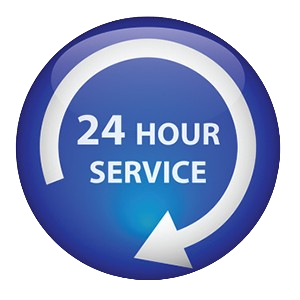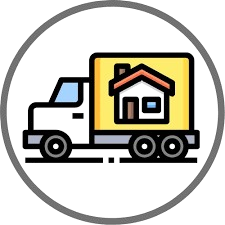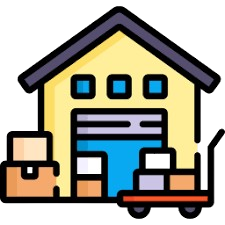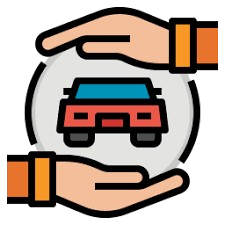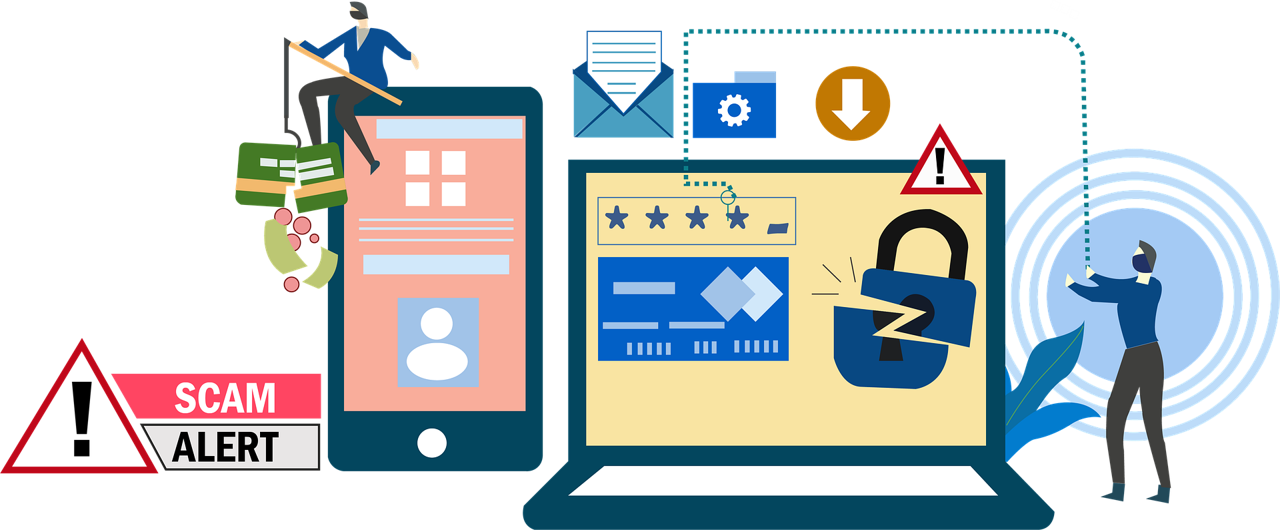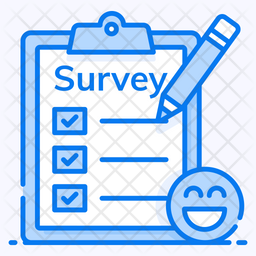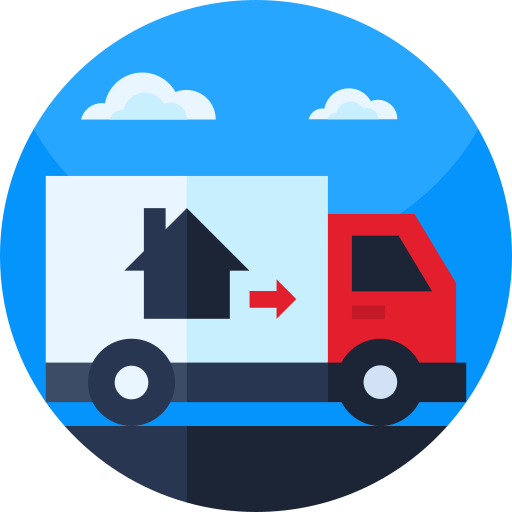What are the advantages and services of the Packers and Movers in Vishrantwadi Pune
In today's interconnected world, the efficiency and accuracy of tracking services have become paramount in various industries ranging from logistics and transportation to asset management and personal safety. Technological advancements have revolutionized the way tracking systems operate, offering unprecedented capabilities for real-time monitoring and data analysis. This article explores how technology is driving improvements in tracking services worldwide, from the evolution of tracking technologies to the future trends shaping the industry's landscape.
Introduction to Tracking Services
Definition and Importance of Tracking Services
Tracking services involve the monitoring and tracing of objects or individuals to gather valuable information on their location, status, and movement. These services play a crucial role in various industries, including logistics, transportation, and security. By providing real-time data, tracking services enhance operational efficiency, improve security, and streamline processes.
Historical Overview of Tracking Systems
The roots of tracking systems can be traced back to ancient times when humans used maps, compasses, and celestial navigation to track their movements. Over the years, tracking technology has evolved significantly, with advancements such as radio frequency identification (RFID) and satellite tracking systems revolutionizing how we monitor and manage assets and resources.
Evolution of Tracking Technology
Early Tracking Methods: From Maps to Radio Frequency Identification (RFID)
From the simple use of maps and compasses to the more sophisticated radio frequency identification (RFID) technology, early tracking methods laid the foundation for the development of modern tracking systems. RFID tags and readers allow for the automated identification and tracking of objects, enabling businesses to improve inventory management and asset tracking.
Advancements in Satellite Tracking Systems
The advent of satellite tracking systems has transformed the way we monitor and track objects globally. By leveraging satellite technology, businesses can track assets in real-time, regardless of their location on the planet. Satellite tracking systems provide valuable insights into logistics operations, vehicle tracking, and even wildlife conservation efforts.
Benefits of Technology in Tracking Services
Enhanced Security and Asset Protection
Technology has played a key role in enhancing security and asset protection through advanced tracking services. With real-time monitoring and alerts, businesses can safeguard their assets from theft, loss, or damage. Tracking technology also enables quick recovery in case of emergencies, minimizing potential risks.
Efficiency in Logistics and Supply Chain Management
The integration of technology in tracking services has revolutionized logistics and supply chain management. By providing accurate data on the movement of goods and resources, businesses can optimize routes, reduce delays, and improve overall operational efficiency. Real-time tracking capabilities enable better inventory management and timely deliveries.
Innovations in GPS Tracking
Real-time Tracking Applications
GPS tracking technology has ushered in a new era of real-time tracking applications across various industries. From fleet management to personal tracking devices, GPS technology offers precise location data, route optimization, and geofencing capabilities. Real-time tracking applications empower businesses and individuals to make informed decisions based on up-to-date information.
Integration with Mobile Devices
One of the most significant innovations in GPS tracking is its integration with mobile devices. With the proliferation of smartphones and mobile apps, users can easily access GPS tracking services on their handheld devices. This seamless integration allows for on-the-go tracking, navigation, and location-based services, making GPS technology more accessible and user-friendly than ever before.
All India Door to Door Services
Packers And Movers Vishrantwadi Pune Reviewed by
Rating
(5.0) 4355 Reviews
Just Give Us a Call at +91-9850300088, info@happypackersmovers.com
if you Need Happy Packers and Movers services All India Office Branch
Enquire Now
Impact of IoT on Tracking Services
In the world of tracking services, the Internet of Things (IoT) has been a game-changer. By connecting devices and systems through the internet, IoT enables seamless communication and data exchange. This connectivity allows for real-time tracking of assets, vehicles, and even people, revolutionizing how we monitor and manage movements. Whether it's tracking shipments, monitoring fleets, or ensuring the safety of individuals, IoT-enabled solutions have made tracking more efficient and reliable.
IoT-enabled Tracking Solutions
IoT-enabled tracking solutions use sensors and GPS technology to collect data on location, temperature, humidity, and various other parameters. This data is then transmitted over the internet to centralized platforms where it can be analyzed and used to provide real-time insights. From supply chain management to personal fitness tracking, IoT has opened up a world of possibilities for tracking services, offering unprecedented visibility and control.
Data Analytics and Predictive Maintenance
One of the key benefits of IoT in tracking services is the ability to leverage data analytics for predictive maintenance. By analyzing patterns and trends in tracking data, companies can identify potential issues before they escalate into costly problems. For example, predictive maintenance can help prevent vehicle breakdowns by detecting early signs of wear and tear, ultimately saving time and money. With IoT and data analytics, tracking services have shifted from reactive to proactive maintenance strategies.


